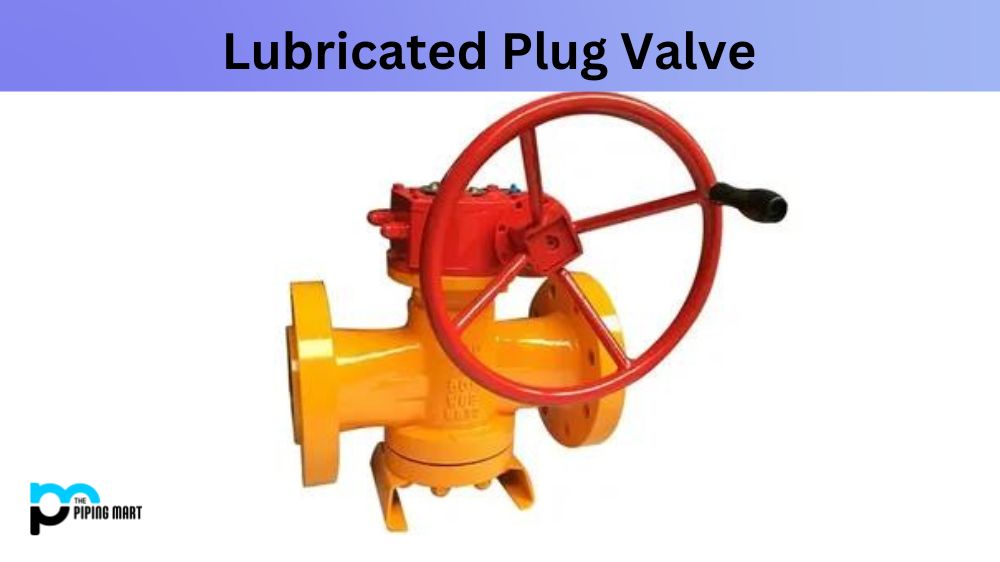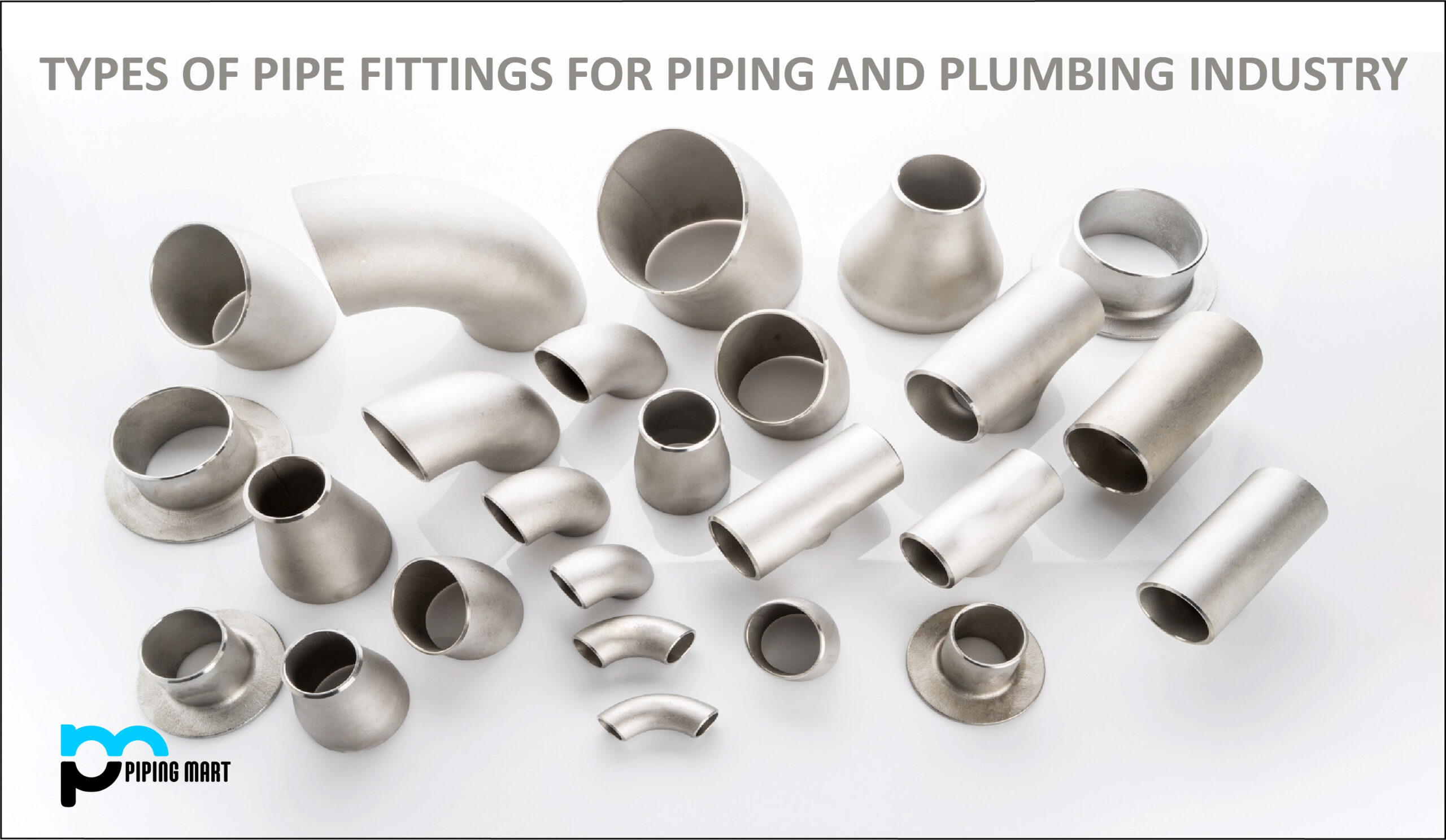In the industrial world, valves are crucial components that help control the flow of liquids, gases, and other materials while ensuring safe operation and efficient output. With the variety of valve types available on the market, their selection can be challenging, even for experts. One popular option is the lubricated plug valve, which has many advantages and disadvantages. In this blog post, we will explore these features to help you determine if the lubricated plug valve is the right choice for your application.
Advantages of Lubricated Plug Valve:
Superior Sealing Performance: Lubricated plug valves offer excellent sealing capability thanks to their tapered, metal-to-metal design, which constricts the flow rate with minimum contact area. This feature makes them reliable for applications that require both low and high-pressure environments.
Flexibility: Lubricated plug valves offer a wide range of operational flexibility, making them ideal for various applications. They can handle different flow rates and temperatures, enabling them to work optimally in various industries, including oil and gas, petrochemical, and power generation.
Low Maintenance Requirement: Lubricated plug valves have few moving parts, reducing the risk of damage to the valve and lowering maintenance costs. Their self-lubricating design also eliminates the need for frequent lubrication, thereby minimizing maintenance requirements.
Cost-Effective: Lubricated plug valves are cost-effective options, especially when compared to other valve types. They require fewer parts, have minimal installation costs, and have high durability, reducing the need for replacement.
Disadvantages of Lubricated Plug Valve:
Limited Temperature Range: Lubricated plug valves have a temperature range limitation, and they may not work effectively in very high or low-temperature environments. They also tend to experience thermal expansion and contraction when exposed to extreme temperatures.
Challenging to Clean: Lubricated plug valves are challenging to clean once they have experienced contamination. This hurdle is because the lubrication within the valve attracts dirt and dust, which can compromise their operational integrity.
Require Periodic Lubrication: While lubricated plug valves require minimal maintenance, they still require regular lubrication, which can increase operational costs over time.
Not Suitable for High Viscosity Fluids: Lubricated plug valves may not be suitable for applications where thick, high-viscosity media is involved. This is due to the risk of clogging the valve’s internal mechanism, which can compromise its functionality.
Conclusion:
While every valve type has advantages and disadvantages, weighing your options carefully to determine the best one for your application is important. Lubricated plug valves have several advantages, including superior sealing performance, cost-effectiveness, and low maintenance requirements. However, they also have limitations, such as their limited temperature range, challenging cleaning requirements, periodic lubrication, and unsuitability for high-viscosity fluids. If you’re looking for a reliable, cost-effective, and versatile solution for your valve needs, consider a lubricated plug valve.




